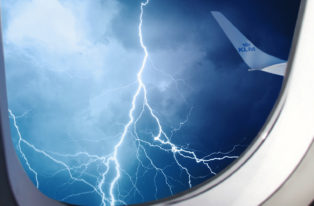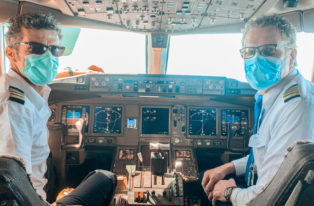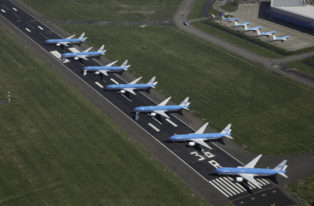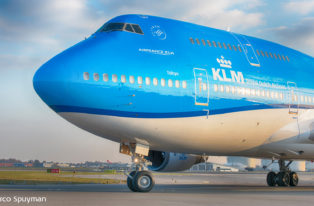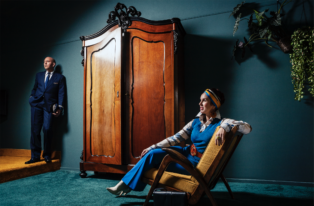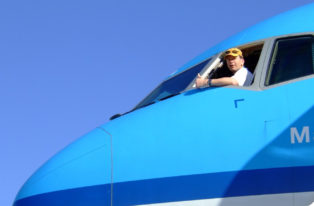Not really lost…in translation
Like a stranger in a strange country: that’s how the Dutchmen must have felt when they were living on the little artificial island of Dejima off the coast of Nagasaki in 1641.
Since then, the city has swallowed up the little island but there are plans to separate it again and have it entirely surrounded by seawater. As for myself, I don’t have that feeling of being in a strange place since Nagasaki looks so much like any modern Western city. After all, the port city of Nagasaki has been completely rebuilt since 9 August 1945. The very impressive Nagasaki Peace Park is a must-see.
But back to 1641. Walking through the gateway to the settlement of Dejima (Japanese for ‘protruding island’) really feels like going back in time. Japan today is modern, trendy, colourful and sophisticated. Back then, it was following a self-imposed isolationist policy. The only gaijins (foreigners) allowed to trade with the Japanese were the men of the Dutch East India Company. Talk about pioneering!
Every year, around 400,000 visitors just like me walk beneath the gateway to the seaward side of Dejima. They do this, of course, through the right side since this is the import entrance. Export goes through the other side of the gateway. After the restoration and reconstruction, around 700,000 visitors are expected to visit this little piece of Japanese-Dutch legacy every year.
It’s strange to think that so much knowledge and merchandise were exchanged between Japan and the rest of the world for two hundred years right here on this tiny island. Walking through the dining room of the residence of the head of the factorij (or trading post) you can see how the Dutch managed to celebrate Christmas, even though this had been forbidden by the Shogun. Clever as they were, they chose to celebrate the winter solstice on the eve of 21 December as if it were Christmas. And to show how they did this, the table is set with the plastic look-alike food samples so typical of Japan. They look absolutely edible. There’s a special factory that makes this fake food seen everywhere on the streets of Japan.
This window to the world remained open from 1641 to 1853.
Now, in 2013, we once again have a direct connection between the Netherlands and the southern island of Kyushu. From Fukuoka, the Japanese living in this region can travel as foreigners to Europe to get a whiff of European knowledge and culture – something they obviously enjoy.
As for myself, I’ll stay here a little longer and then take the train from Nagasaki back to the Hakata station in Fukuoka. Not on the Shinkansen (or ‘Bullet Train’) this time, but in a comfortable train unworthy of the name ‘out on a spree’. Once aboard, I’m whooshing through the changeable coastal landscape of lowlands and hills to Fukuoka. Three Japanese nurses sit across from me and my touring group. In high spirits, they tell us about their day trip to celebrate a birthday in Huis ten Bosch, another attraction on Kyushu where the Netherlands once again plays a key role.
Language is no barrier for these and other Japanese. It seems that English is still the perfect means of communication. Otherwise, feel free to use such words as mesu, sepoito and shinu. These are what are left of the words used by Dutch physicians who lived on Dejima: mes (knife), spuit (injection) and zenuw (nerve).
The influence of the Netherlands can be observed not only in the language but also in the food. The Island of Kyushu has a sweeter cuisine than the rest of Japan. Cargoes of sugar, once traded for copper, are the reason for this. It definitely adds something to their food (mostly fish).
The Fukuoka region offers a lot. I had a great but short trip. I will definitely go back and visit this beautiful region again. I think you should go too, and here is my free tip for you :-).
Joost,
Corporate Communications





